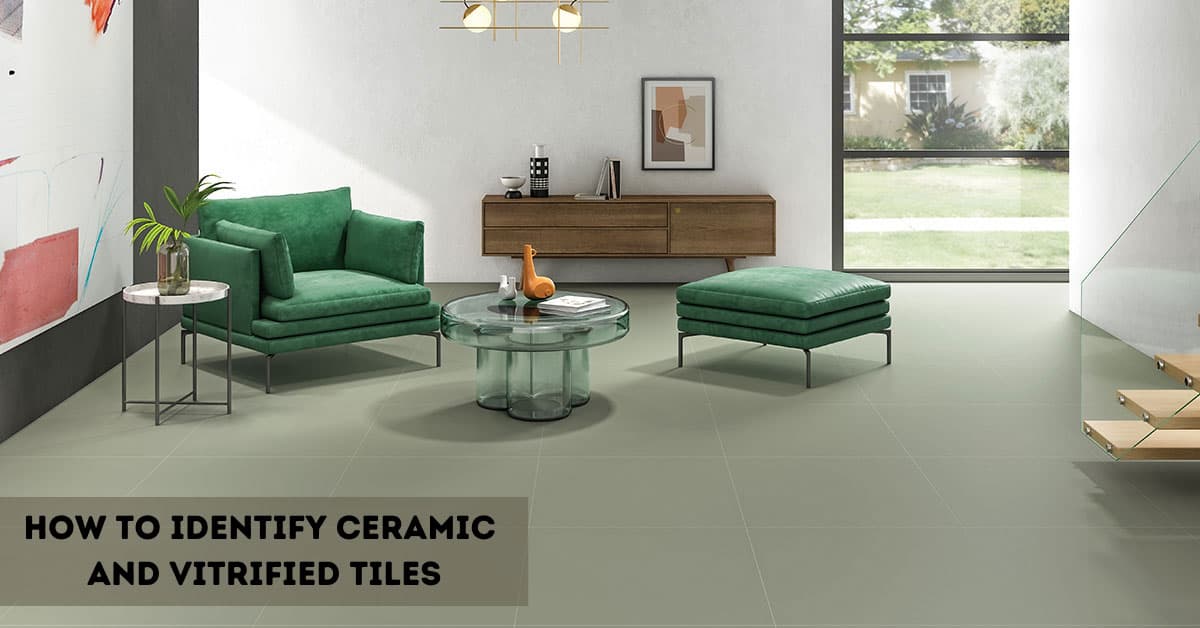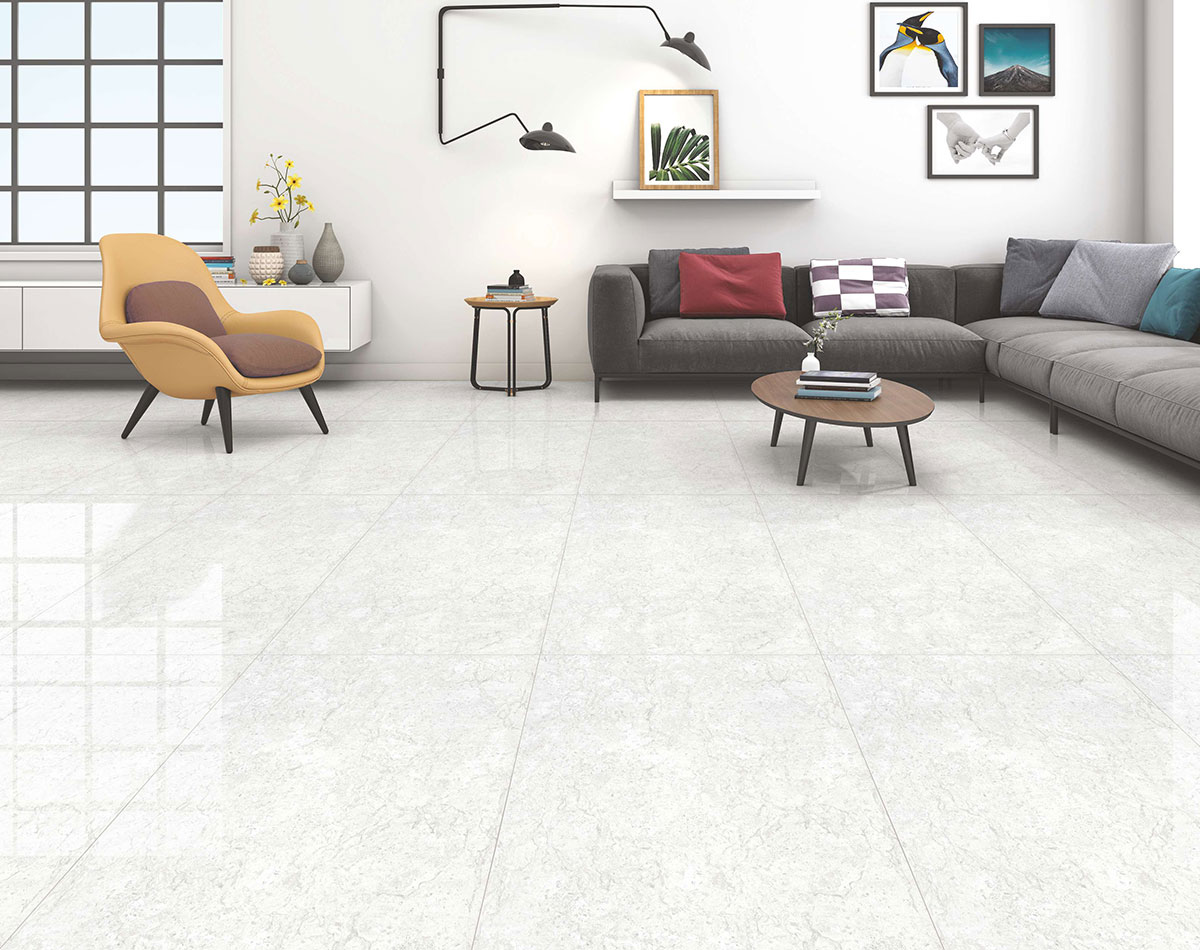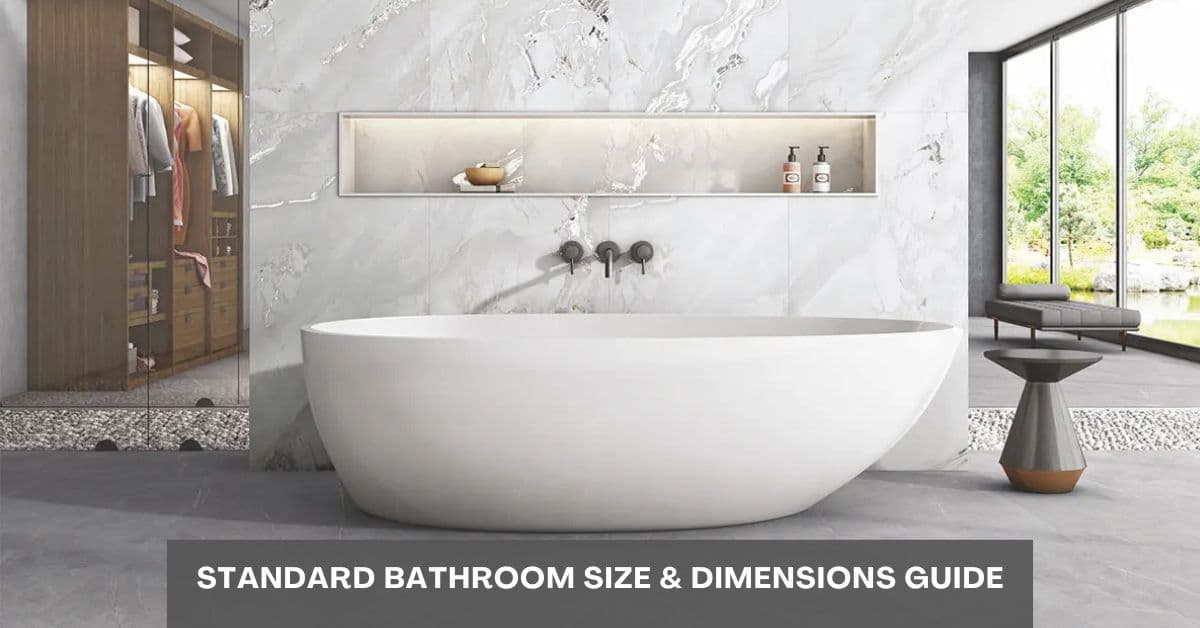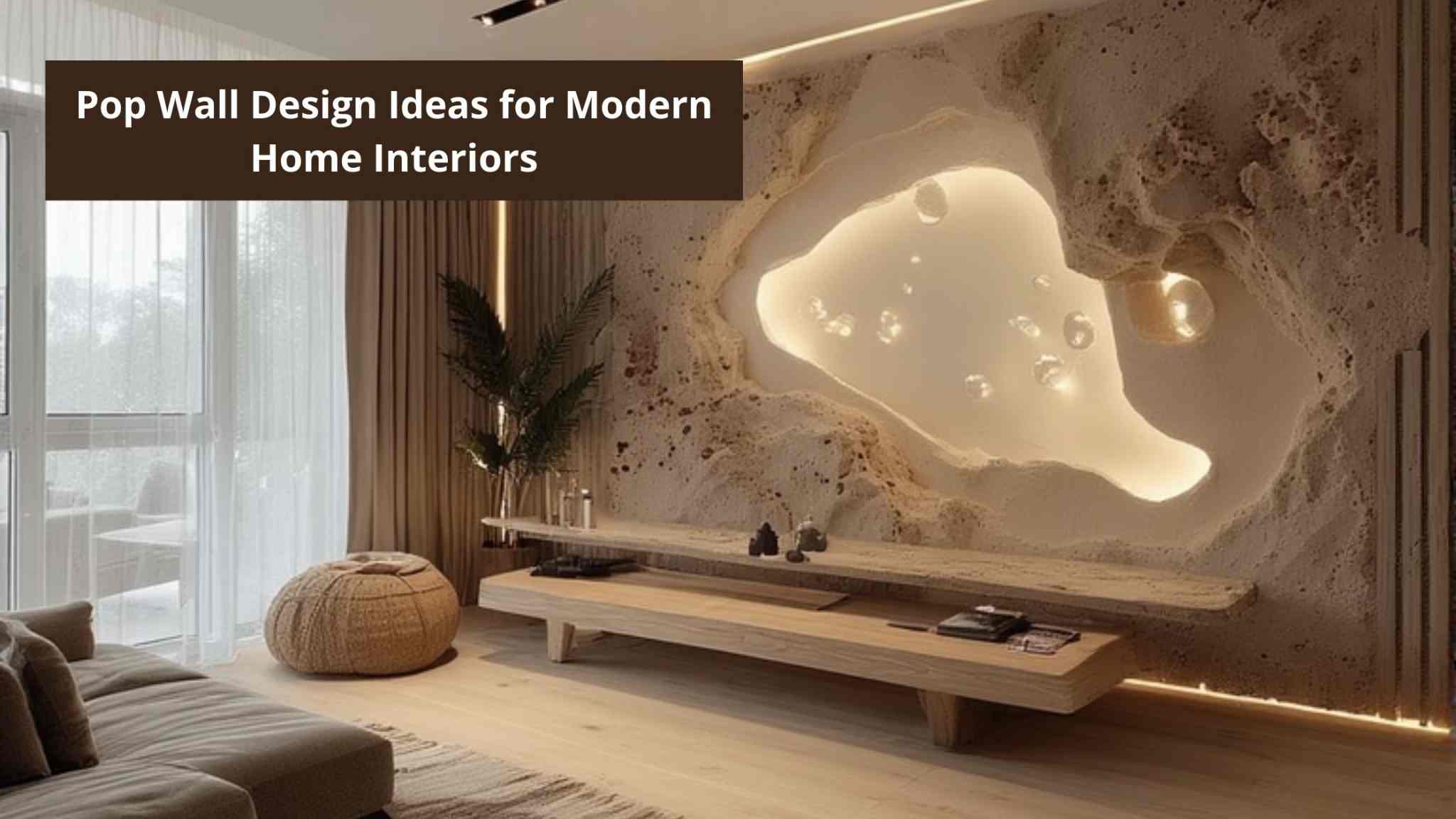Understanding the Difference Between Ceramic and Vitrified Tiles

Confused between ceramic and vitrified tiles? This guide breaks down their key differences in durability, aesthetics, cost, and usage—helping you choose the perfect tile for your home that blends style, function, and long-term value effortlessly.
Introduction to Ceramic and Vitrified Tiles

Choosing between ceramic and vitrified tiles for your flooring project can be confusing, but understanding the key differences can help you make an informed decision. Whether you're updating your kitchen, bathroom, or living room, knowing which tile is best suited for your space is crucial for both functionality and style. Both have their champions and places in home decoration, but picking up the right one may make a huge difference in your home's aesthetics and functionality. While both are insanely popular in the home and office industry, they do serve different purposes with pros and cons. Knowing these before you select your tile materials, it is going to help you not make an expensive mistake in the long run. This guide will clear up the confusion, helping you decide which tile fits your space and style without busting your budget.
What is a Ceramic Tile?

Ceramic tiles are a versatile and affordable flooring option made from a mix of clay, water, and minerals. They offer endless design possibilities, from glossy finishes to intricate hand-painted patterns, making them ideal for various rooms in the house. Due to their porous nature, they’re best suited for dry areas like living rooms, bedrooms, and hallways. However, unsealed ceramic tiles can absorb moisture, so sealing them is necessary for long-term durability. If you love natural, earthy interiors, you can also pair ceramics with terracotta tiles to bring warmth and timeless charm to your home.
What is a Vitrified Tile?

Vitrified tiles are tough, sleek, and ideal for high-traffic areas. Made from a blend of clay, silica, quartz, and feldspar, these tiles offer superior durability, stain resistance, and a glossy finish, making them perfect for modern interiors. Due to their low porosity, they are highly resistant to moisture, making them perfect for kitchens, bathrooms, and other wet areas.
Related Read: Unveiling the Beauty of Ceramic Tile Flooring by Simpolo
Basic Differences in Composition and Manufacturing
How each progresses from clay onto the floor is worlds of difference between the two. Ceramic tiles, having undergone a direct kiln fire, are solid but semi-absorbent to a limited degree, except if glazed. The process of vitrification gives it extra strength through the process of melting the clay in glass-like form before its final sintering, hence making it dense and a very strong type of tile.
Durability and Maintenance
If you have a busy home with pets, children, or both, the vitrified tiles might save your sanity. For they are durable enough to take in their stride the sanguine action every day and require minimal maintenance. Ceramic tiles, though resilient, aren't as strong when it comes to high usage and good only for more 'dull' zones of your house unless sealed and treated for high-end performance.
Aesthetic Differences
Ceramic tiles offer a wide range of colors and textures, ideal for creating unique and personalized designs. Vitrified tiles, on the other hand, provide a sleek, uniform look, making them perfect for modern, high-end spaces.
Cost Comparison
Budget is key, and ceramics generally tend to be a tad more friendly on the wallet. This is because they are usually inexpensive to make since their method of production is not so complicated. Vitrified tiles cost more but are truly worth the investment that comes with its durability and aesthetic value, especially for high-traffic areas or even in commercial use.
Installation Considerations
Thus, compared to vitrified tiles, ceramic tiles are much more DIY-friendly. In contrast, hardness and weight have considered vitrified tiles as non-forgiving in case wrong-doing has taken place while DIYing.
Related Post : 7 Best Bedroom Wall Colour Combinations for a Cozy, Stylish Room
Environmental Impact
For those eco-friendly warriors, ceramic tiles might tick more boxes. They typically have a lower carbon footprint during production compared to vitrified tiles, which require more energy to create that durable, glass-like finish.
Comparison Table: Ceramic vs. Vitrified Tiles
| Feature | Ceramic Tiles | Vitrified Tiles |
| Ideal Use | Best for dry areas like living rooms and bedrooms. | Best for high-traffic, wet areas like kitchens and bathrooms. |
| Water Absorption | Higher absorption (3-6%), needs sealing. | Very low (<0.5%), ideal for moist conditions. |
| Durability | Less durable, may crack under heavy impact. | Highly durable, resistant to wear and tear. |
| Maintenance | Requires regular sealing and maintenance. | Very low-maintenance, no sealing needed. |
| Cost | Affordable, cost-effective | Higher upfront cost, but more durable in the long run |
| Aesthetic Variety | Available in a variety of colors, patterns, and finishes. | Glossy, uniform finish with fewer variations. |
How to Choose the Right Tile for Your Home?
Picking the perfect tile can almost be like choosing that right accessory to wear with your favourite outfit; pretty much a make-or-break factor in a space. Here's a quick guide to help make the choice a little easier, blending style with functionality.
Consider the place where the tiles would be laid. The places where maximum moisture prevails, such as the bathrooms and kitchens, are ideal for vitrified tiles; similarly, Ceramic tiles would be very suitable for the living areas and bedrooms because of their worming appeal.
Have pets or kids? Go for tiles that provide strength and ease in cleaning, such as vitrified tiles. If you are looking for comfort and less noise due to footfalls, then ceramic tiles can be the alternative because of their soft finish.
Whether one's home is sleek and modern or cosy and traditional, a tile is available that will complement the decor. The vitrified tiles present a sleek, ultra-modern appearance because of their high-gloss finish and clean details. Ceramics are made in such a wide range of textures and colours that many classic appearances are available like white color tiles, black color tiles and grey color tiles.
Long life and easy maintenance are also things you should consider. Vitrified tiles may be expensive in the initial stage, but they last longer and do not require frequent repairs or replacement.
This detailed guide will help give you the information you need to choose between ceramic or vitrified tiles, making your next home improvement project a little easier and a lot better informed. You could opt for the charm and versatile ceramic or the robust, sleek-looking vitrified tiles. You will step into a more beautiful home. Now that you have all the information you need, explore our wide range of ceramic and vitrified tiles and find the perfect match for your home or office. Click here to view our collection and get started with your flooring project today!
Also Read: Build the Balcony of Your Dreams with Vitrified Tiles by Simpolo
FAQs on Vitrified Tiles Vs Ceramic Tiles
Which is good for the bathroom: ceramic or vitrified tiles?
The vitrified tiles are a great option for bathrooms, given their high resistance to moisture. These can bear humidity and spills exceptionally; thus, this will keep the floors of your bathroom great for years.
Can I install ceramic tiles outdoors?
You can set up the ceramic tiles outdoors, given it's rated for exterior use. These must be hard enough to put up with the weather conditions.
Are vitrified tiles more durable than ceramic?
Of course! Vitrified tiles are known to be robust and less porous hence long-lasting for flooring. They are also more resistant to wear and tear when compared with the ceramic tile.
Are ceramic tiles healthier?
Ceramic tiles are healthy in that they won't provide shelter to allergens and are VOC-free most of the time, hence suitable for indoor air quality.
How much maintenance does vitrified flooring require?
The maintenance of the vitrified flooring is pretty easy; just regular sweeping and the occasional mopping up with mild cleaners are all it takes to keep these floors shining.
Can heating be installed underneath the tiles?
Yes, underfloor heating can work with both ceramic and vitrified tiles. They are good conductors and retainers of heat, thus making your home even more comfortable.
Which tiles would be appropriate to use in the kitchen?
The best material for kitchens would be vitrified tiles because of the durability and easy cleaning associated with them. Also, they do not show spills or spots easily; therefore, it will be quite good in your kitchen area as a kitchen is always full of activity.







